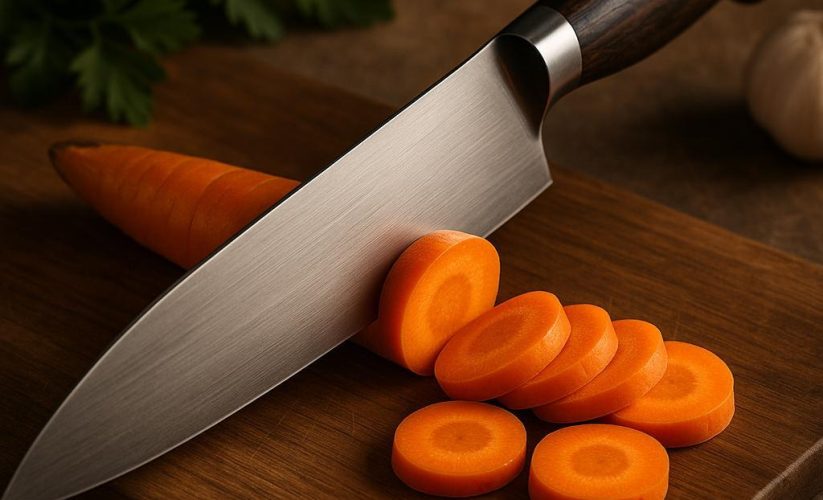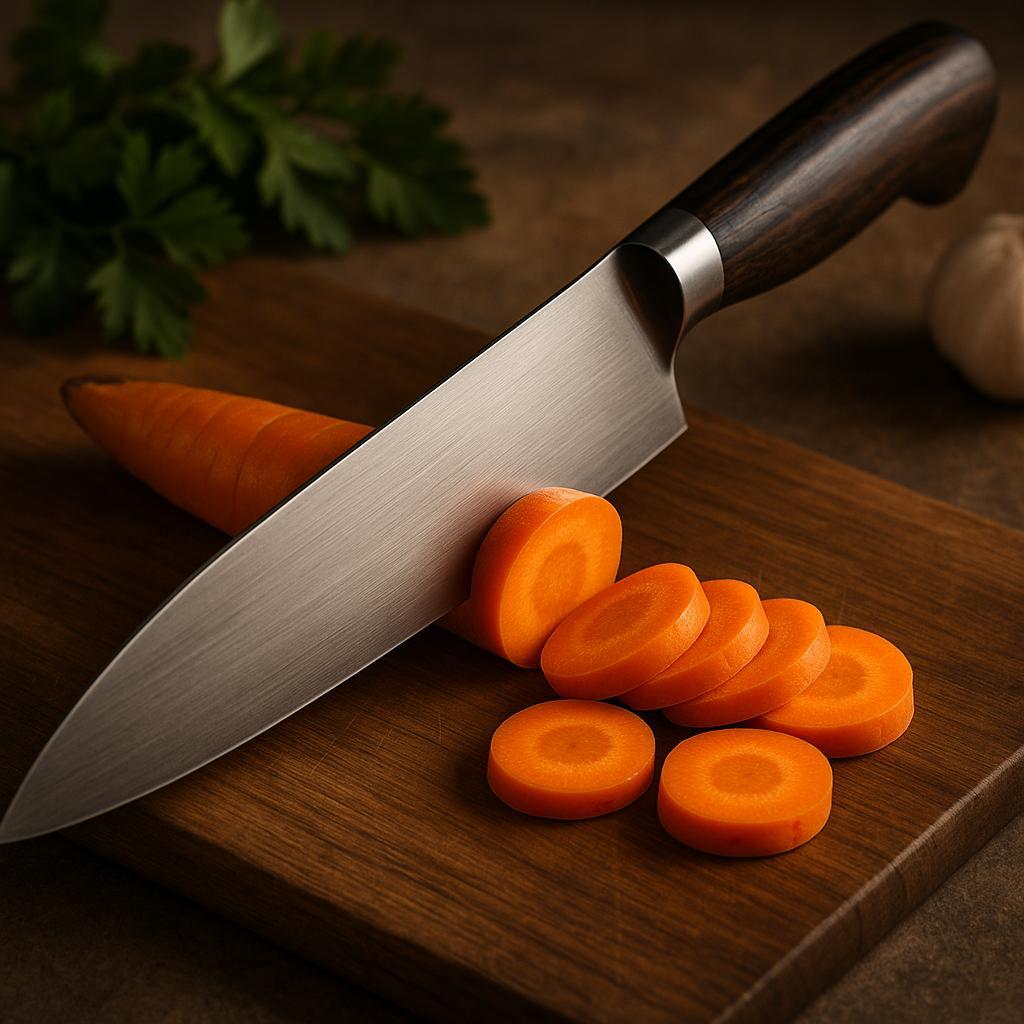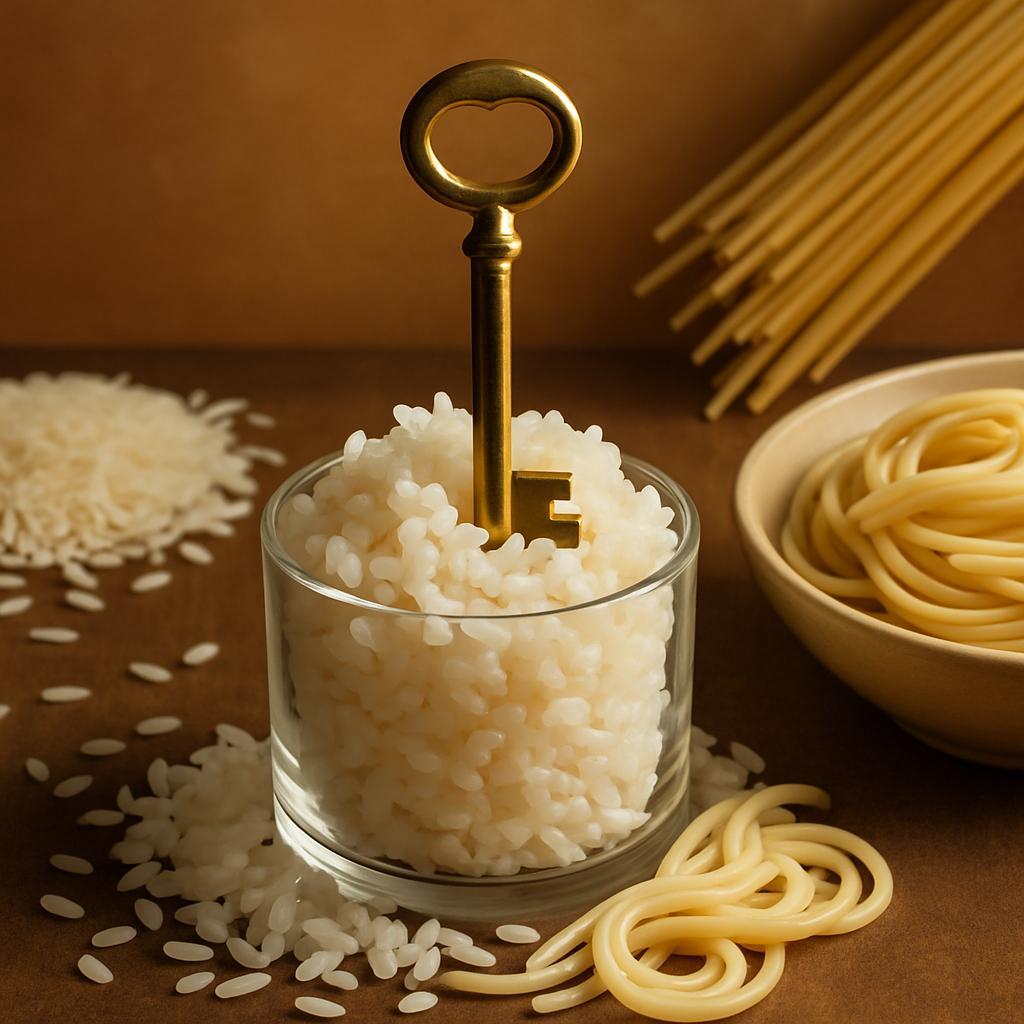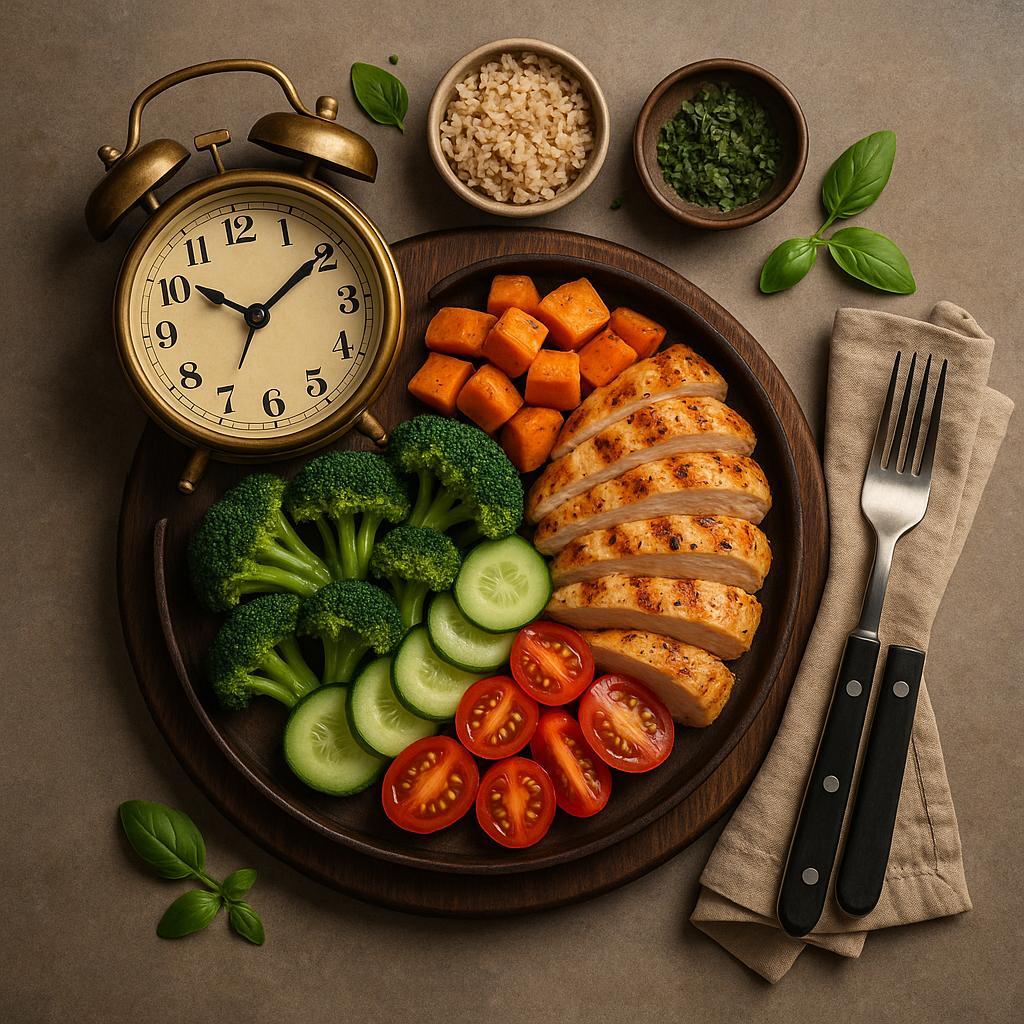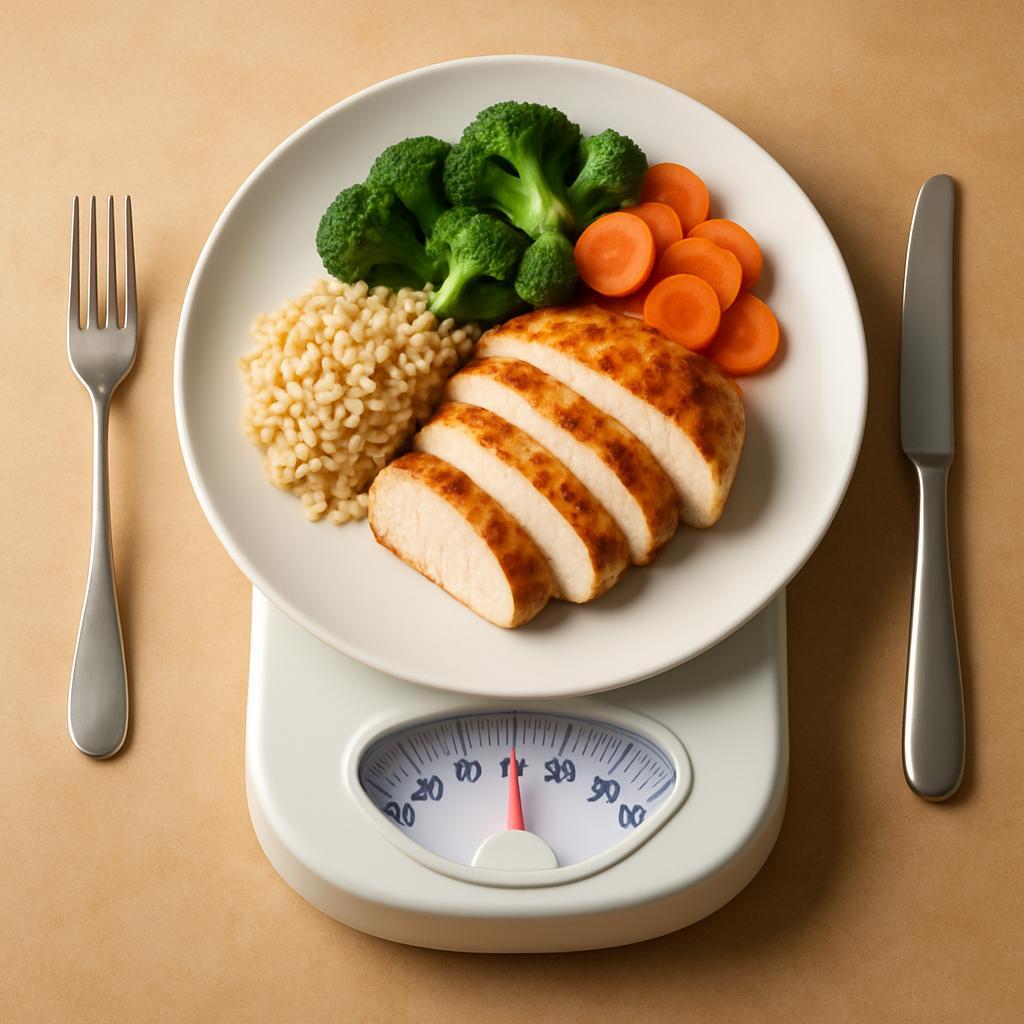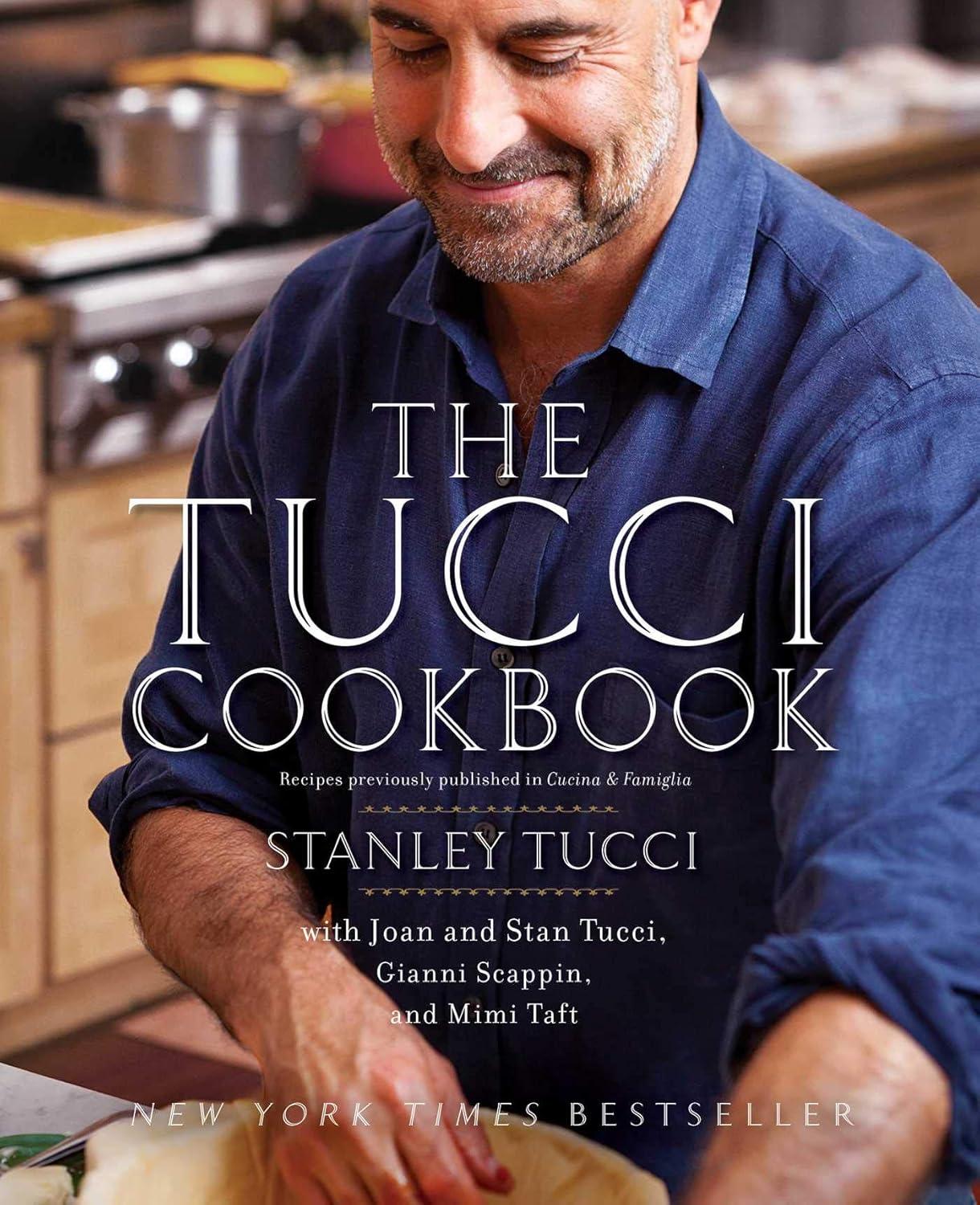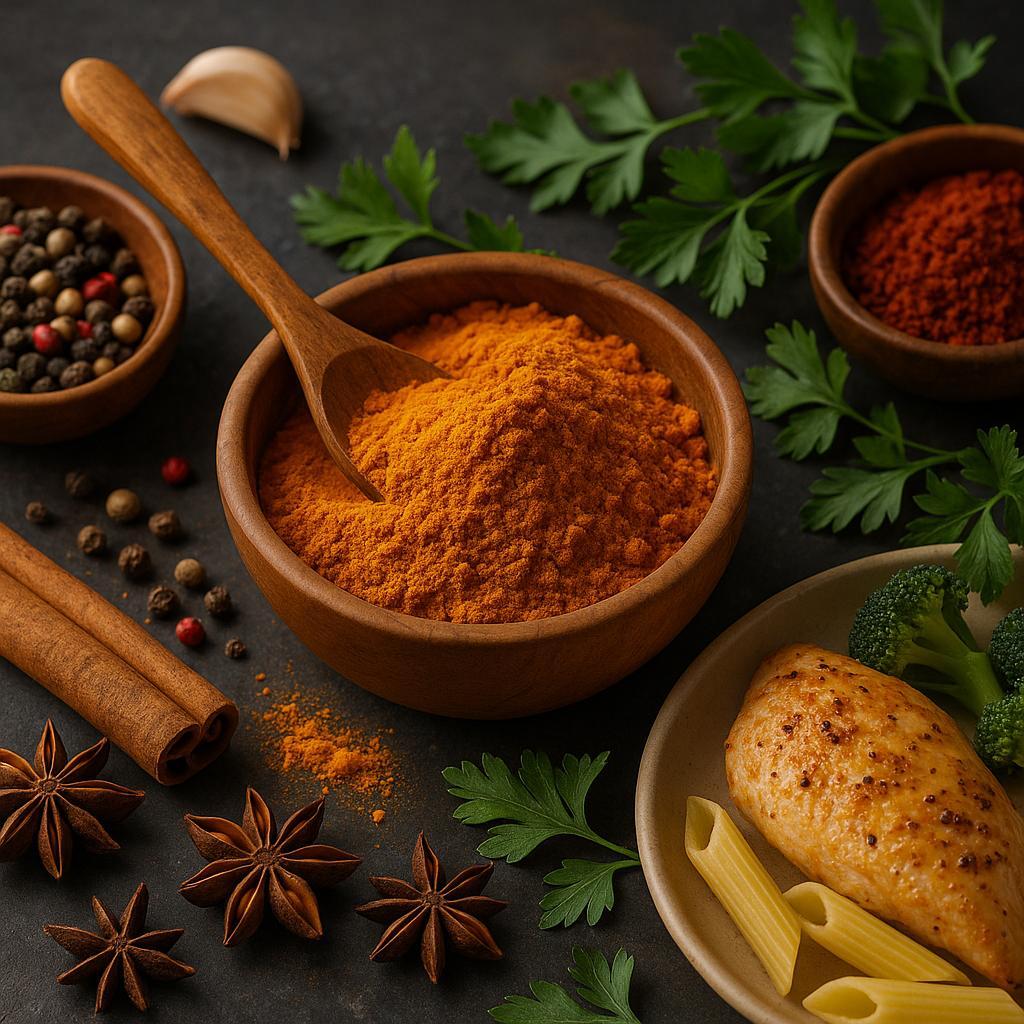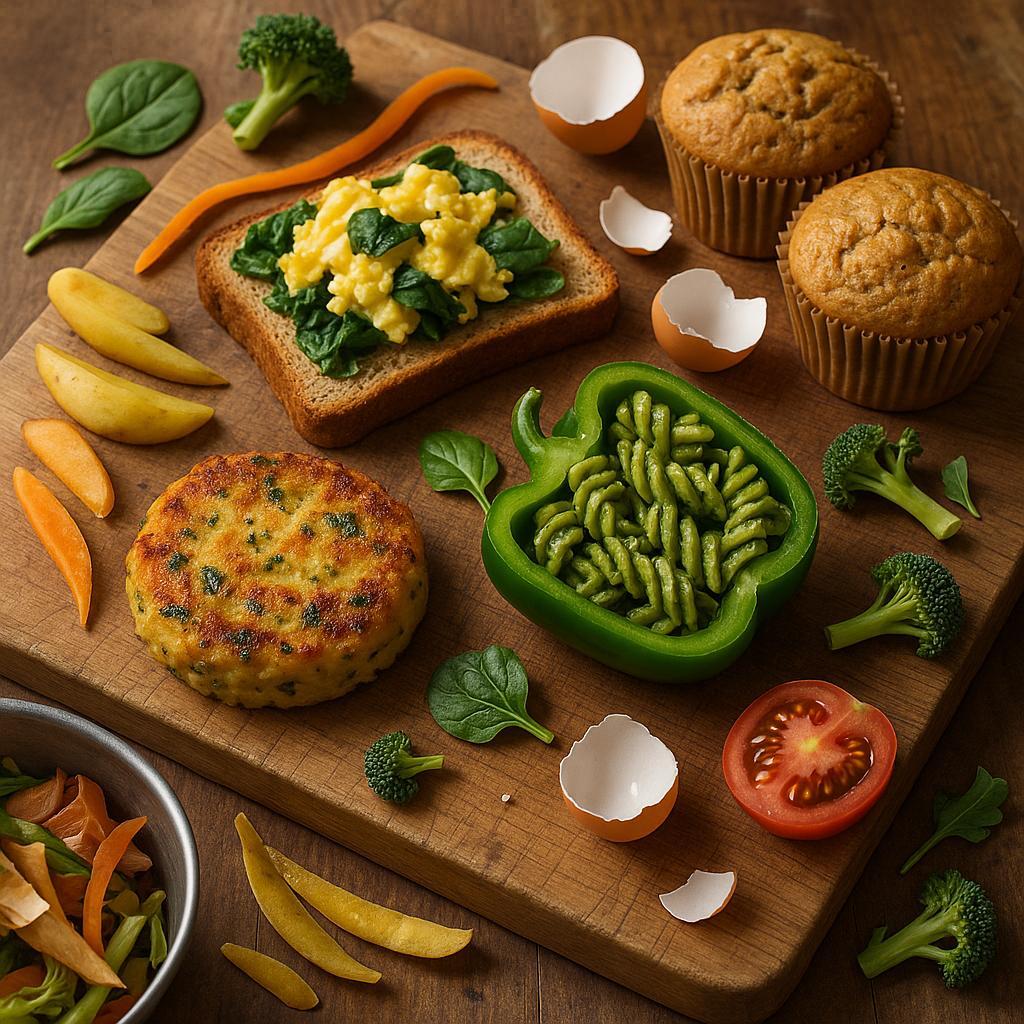Unlock Fluffy Rice, Silky Pasta with Simple Science
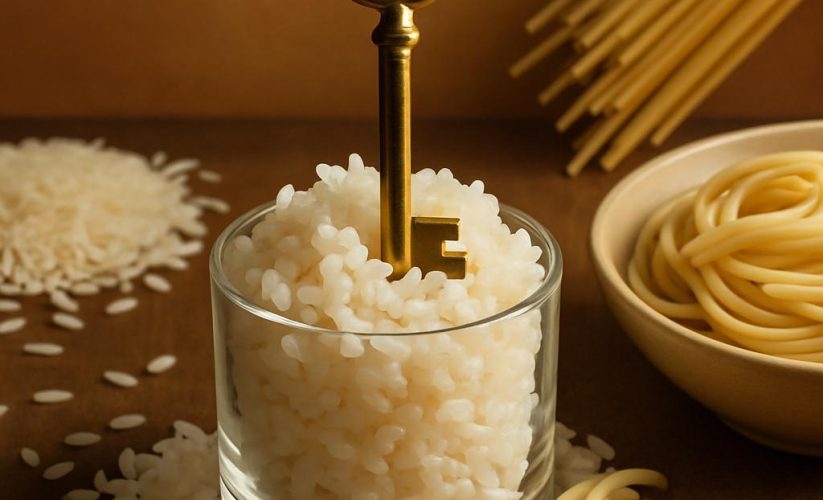
Perfect grains and glossy noodles aren’t luck-they’re chemistry you can taste. With a few deliberate choices about heat, water, and salt, you can steer how starches swell and set, turning clumpy rice into buoyant, separate grains and gummy pasta into strands that slip and shine. No gadgets, no jargon-just paying attention to what’s happening in the pot and nudging it at the right moment. The payoff is texture you can repeat, fewer mishaps, and meals that reheat well. Step to the stove; the simple science behind fluffy rice and silky pasta is closer than it looks.
Table of Contents
- The gentle rinse and rest that make rice light and airy
- Pasta water method that turns sauce glossy and smooth
- Low steady heat for grains that cook through without clumping
- Salt and timing in the pot for noodles that glide and never stick
- Q&A
- Key Takeaways
The gentle rinse and rest that make rice light and airy
Start before heat ever touches the pot: place the dry grains in a bowl, cover with cool water, and swirl with an open hand for 20-30 seconds; pour off the cloudy water. Repeat until it’s mostly translucent-usually 3-4 changes for long-grain, a bit more for sushi rice. This gentle motion lifts excess surface starch and milling dust without scuffing the grains (abrasion makes them shed more starch and clump). Drain thoroughly in a fine-mesh sieve for 60-90 seconds so your water ratio stays accurate; if you’re in a hurry, reduce cooking water by 1-2 tbsp per cup of rice to offset what clings to the grains. Aim for quick, tailored rinses: jasmine benefits from just 1-2 light rinses to preserve aroma; basmati likes a thorough rinse for long, separate strands; short‑grain needs extra rinsing for gloss without glueyness.
Two rests make the magic. A brief pre-cook soak hydrates the exterior so heat travels evenly: basmati: 20-30 minutes, short‑grain: 15-20 minutes, brown rice: 45-60 minutes. When you soak, trim the cooking water slightly (about 2 tbsp less per cup) because the grains already drank. After cooking, turn off the heat and keep the lid on for a 10‑minute covered rest; carryover steam redistributes moisture and lets starches set so grains don’t mash when fluffed. Finally, crack the lid for 3-5 minutes to vent excess steam, then fluff with a fork or paddle using slicing motions rather than stirring. The result is light, distinct grains-moist but not wet, tender but not fragile-achieved by nothing more than a calm rinse and patient pauses.
Pasta water method that turns sauce glossy and smooth
The gloss comes from emulsifying fat with hot, starchy, salty pasta water. Season your pot to about 1.5% salt (15 g per liter) and use a bit less water than usual to concentrate starch. Cook the pasta until 1-2 minutes shy of al dente and ladle out at least a cup of water from the final minute-this is the most potent. In a wide skillet with your sauce base (oil, butter, aromatics, or tomatoes), add the pasta and 2-3 tablespoons pasta water per serving; toss hard over medium to medium-high heat until small, tight bubbles appear and the sauce clings. Add more water in 25-30 ml spurts as needed and finish in the pan for 60-90 seconds. For cheese-based finishes (cacio e pepe, carbonara), pull off the heat to around 70-75°C, shower in very finely grated cheese, and keep the emulsion fluid with brief splashes of pasta water while you toss.
Here’s the science: amylose- and amylopectin-rich starch shears into the sauce, coating fat droplets as you agitate, which thickens and stabilizes a shiny emulsion that clings instead of puddling. Finishing in the pan lets pasta absorb flavorful liquid while releasing more surface starch-double win. Visual cues beat timers: a lifted strand should wear a thin, even jacket with a satiny sheen; a spoon dragged through the sauce leaves a glossy trail that quickly closes. Working ratio guide: per 100 g dry pasta, expect 30-60 ml pasta water, 10-15 g butter/olive oil, and 20-30 g finely grated hard cheese if using. If the sauce looks greasy or “broken,” kill the heat, add a splash of pasta water and a small knob of butter, and whip/toss it back together; if too tight, loosen with water, and if thin, simmer 20-30 seconds. The last ladle from the pot is your richest thickener, and gluten-free pasta sheds extra starch-use smaller additions. Never rinse the pasta or discard that liquid gold.
Low steady heat for grains that cook through without clumping
Starch granules in rice, quinoa, and millet hydrate and gel at moderate temperatures; violent boiling bangs grains together, scrapes off starch, and creates gluey clusters. Aim for a bare simmer: a few lazy bubbles, gentle steam, no lid rattling. Use a heavy-bottomed pot with a tight lid, rinse until water runs mostly clear, and add a teaspoon of oil or butter to lightly coat the grains so they slide past one another. Bring to a slow simmer over medium heat, then immediately reduce to low so heat is steady and predictable-let temperature, not turbulence, do the work. Resist stirring (it abrades surfaces) and keep the lid on to maintain uniform humidity; the trapped steam finishes the core while the surface stays intact.
Try this template for fluffy results: for long-grain rice, use 1 cup rice, 1½ cups water, ½ teaspoon salt, and 1 teaspoon oil. Warm to a quiet simmer, cover, reduce to low, and cook 12 minutes; cut the heat, keep covered 10 minutes to rest, then fluff with a fork. Quinoa: 1 cup quinoa (well-rinsed), 1¾ cups water, simmer low 12-15 minutes; rest 5 minutes. Farro (pearled): 1 cup, 2¼ cups water, low simmer 25-30 minutes; rest 10 minutes. Sensory checkpoints beat timers: tiny central bubbles = right; foamy, frequent bursts or a pinging lid = too hot. If the surface dries early, slide 1-2 tablespoons hot water down the sides and lower the flame. On tricky electric burners, use a heat diffuser or stack a thin sheet pan to tame spikes-low, steady heat keeps every grain distinct.
Salt and timing in the pot for noodles that glide and never stick
Salt does more than season-it manages surface starch. Wait until the water is at a rolling boil, then add enough salt to reach roughly 1-1.5% salinity: about 10-15 g per liter (think 2 tsp table salt or a generous 1 tbsp Diamond Crystal per liter). At this level, sodium ions slightly raise the gelatinization temperature and tighten the surface gel on the noodles, which curbs gummy exudates and helps strands slip past one another. Use ample water so pasta can circulate (about 3-4 liters per pound/450 g), and skip oil in the pot-it floats, does nothing for sticking, and sabotages sauce adhesion. For fresh noodles, stay toward the lower end of the salt range and mind a gentler boil; their tender surface releases starch more readily, so seasoning is swift and the protective effect is already delicate.
Timing is the glide-maker. Add noodles only to a vigorous boil, stir immediately and decisively for 15-20 seconds, then again at the 1-minute mark-the first 90 seconds is when sticking happens as starch blooms. If the boil falters, partially cover just until it returns, then uncover to maintain an active simmer; constant movement and convection shear off nascent glue. Avoid crowding; if cooking in less water, compensate with more frequent stirring. Start tasting 1-2 minutes early, pull the noodles al dente, and finish them in the pan with sauce plus a splash of starchy cooking water to build an emulsion that keeps strands slick without oil. For cold noodle dishes or stir-fries, briefly rinse to halt surface gel from setting, then toss with a little sauce or sesame oil to prevent re-clumping while they cool.
Q&A
Why do some rice varieties need rinsing-or even soaking-while others don’t?
Rinsing removes loose surface starch that turns to glue; it’s essential for long-grain white rice (jasmine, basmati) if you want distinct, fluffy grains. Basmati also benefits from a 20-30 minute soak so the core hydrates and the grains elongate evenly. Skip rinsing for dishes that rely on released starch for creaminess, like risotto or paella. Sushi rice is the exception: you rinse thoroughly to remove chalky starch, then stickiness comes from internal amylopectin and the seasoned vinegar, not from surface gunk.
What ratio and heat settings give reliably fluffy rice?
Use the absorption method with a tight lid and a heavy pot. For long-grain white: 1 cup rice to 1.5 cups water (jasmine: 1.25-1.33 cups; basmati: 1.5 cups after soaking). For brown long-grain: 1.75-2 cups water. Bring to a full boil, stir once to level, cover, then simmer on low until water is absorbed (white: 12-15 minutes; brown: 35-45). Turn off the heat and rest, covered, 10 minutes so steam equalizes and gelatinized starches set-this is where fluffiness happens. Fluff gently with a fork; don’t stir during cooking.
My rice turned gummy. Can I fix it, and how do I prevent it next time?
To rescue, spread the rice on a sheet pan and let it steam off moisture in a 300°F/150°C oven for 5-10 minutes, or microwave uncovered in short bursts; for severely gummy rice, rinse with hot water in a sieve, drain well, and re-steam 1-2 minutes (flavor will be lighter). Prevention: rinse until water runs mostly clear, measure water accurately, keep the simmer low and steady, avoid lifting the lid, and always rest covered for 10 minutes. A teaspoon of oil or a small pat of butter can lightly coat grains and reduce clumping.
How do restaurants make pasta sauce glossy and silky without heavy cream?
They build an emulsion of starch and fat. Cook pasta until 1-2 minutes shy of al dente, then finish it in the pan with the sauce, adding hot, starchy pasta water gradually while tossing vigorously. The released starch binds with butter or olive oil to create a sheen. Aim for a gentle simmer while tossing so water reduces and the emulsion tightens; add cheese off the heat to avoid clumping. Start with about 60-120 ml pasta water per serving and adjust. Don’t add oil to the boiling water-it prevents starch from clinging and weakens the emulsion.
Exactly how much salt and water should I use for pasta, and does pot size matter?
Season pasta water to about 1-1.5% salt: 10-15 g per liter (roughly 2-3 teaspoons of fine salt), adjusting down if your sauce is salty. For most dried pasta, 2-3 liters of water per 500 g works well, especially if you finish pasta in the sauce-you’ll get starchier water for better emulsions. Use a pot wide enough for a rolling boil so noodles move freely, and stir in the first minute to prevent sticking. Always reserve a cup of pasta water before draining.
Key Takeaways
Texture isn’t luck; it’s leverage. Understanding how starch, salt, heat, and water interact turns small choices-rinsing or soaking, true ratios, a calm simmer, early stirring, a brief rest, and a ladle of pasta water-into reliable results: light, separate grains and sauce-clinging strands.
On your next pot or pan, try one tweak: weigh the water, lower the flame, or reserve the cooking liquid. Notice the difference, then keep what works. With a little curiosity and steady attention, everyday staples become quietly consistent pleasures.


